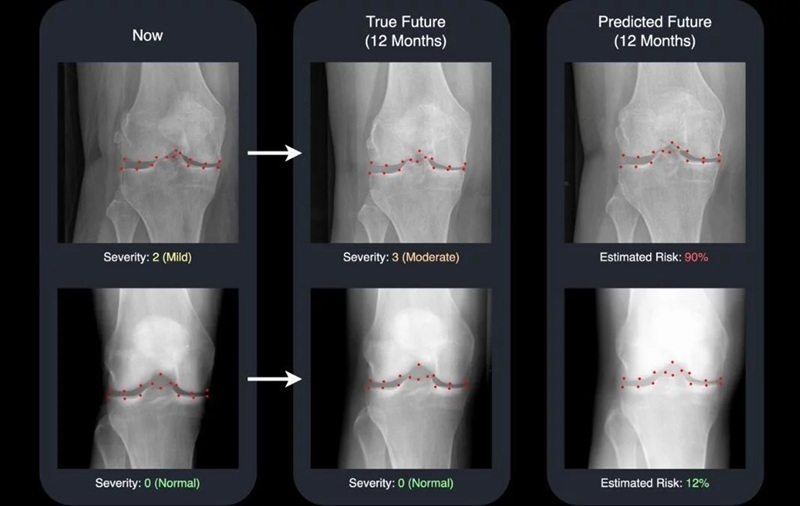Popular Mammography Tool Not Effective for Finding Invasive Breast Cancer
By MedImaging International staff writers
Posted on 15 Aug 2011
Computer-aided detection (CAD) technology was shown to be ineffective in identifying breast tumors, and appears to increase a woman’s risk of being called back needlessly for further testing following mammography, a recent study has found. Posted on 15 Aug 2011
The analysis of 1.6 million mammograms in seven states in the United States has delivered the most definitive findings to date on whether the popular mammography tool is effective in helping find breast cancer. “In real-world practice, CAD increases the chances of being unnecessarily called back for further testing because of false-positive results without clear benefits to women,” said Dr. Joshua Fenton, assistant professor in the University of California (UC) Davis (USA) department of family and community medicine. “Breast cancers were detected at a similar stage and size regardless of whether or not radiologists used CAD.”
The study examined screening mammograms performed on more than 680,000 women at 90 mammography facilities in seven US states, from 1998 to 2006. The false-positive rate normally increased from 8.1% before CAD to 8.6% after CAD was installed at the facilities in the study. Moreover, the detection rate of breast cancer and the stage and size of breast cancer tumors were similar regardless of CAD.
The study, was published online July 28, 2011, in the Journal of the National Cancer Institute and used data from the Breast Cancer Surveillance Consortium. Computer-aided detection software, approved by the US Food and Drug Administration (FDA) in 1998, analyzes the mammogram image and marks suspicious areas for radiologists to review. Its use has surged in recent years since Medicare began covering it in 2001. CAD is now applied to the large majority of screening mammograms in the United States with annual direct US Medicare costs exceeding US$30 million, according to a 2010 study in the Journal of the American College of Radiology.
According to 2009 Medicare data, insurers including Medicare typically paid approximately $12 per screening mammogram for CAD in addition to the costs of the mammogram (about $81 for film mammography and $130 for digital mammography), representing a 9% to 15% additional cost for CAD use.
The current study builds on Dr. Fenton’s initial assessment of the technology published in the New England Journal of Medicine (NEJM) in 2007. That report, which examined mammography-screening results in 43 facilities, including seven that utilized CAD, found that CAD was associated with reduced accuracy of interpretation of screening mammograms but no difference in the detection rate of invasive breast cancer.
Critics of the research findings in the NEJM said the study was based on use of an older kind of CAD technology, and so did not accurately reflect its usefulness. “In the current study, we evaluated newer technology in a larger sample and over a longer time period,” said Dr. Fenton. “We also looked for the first time at cancer stage and cancer size, which are critical for understanding how CAD may affect long-term breast cancer outcomes, such as mortality.”
The authors wrote that the results of real-world studies of CAD might differ from findings from preclinical studies. They suggest that these differences may arise because radiologists in clinical practice do not always adhere as strictly to use of the technology as designed, as have radiologists in protocol-driven studies.
Related Links:
University of California Davis














